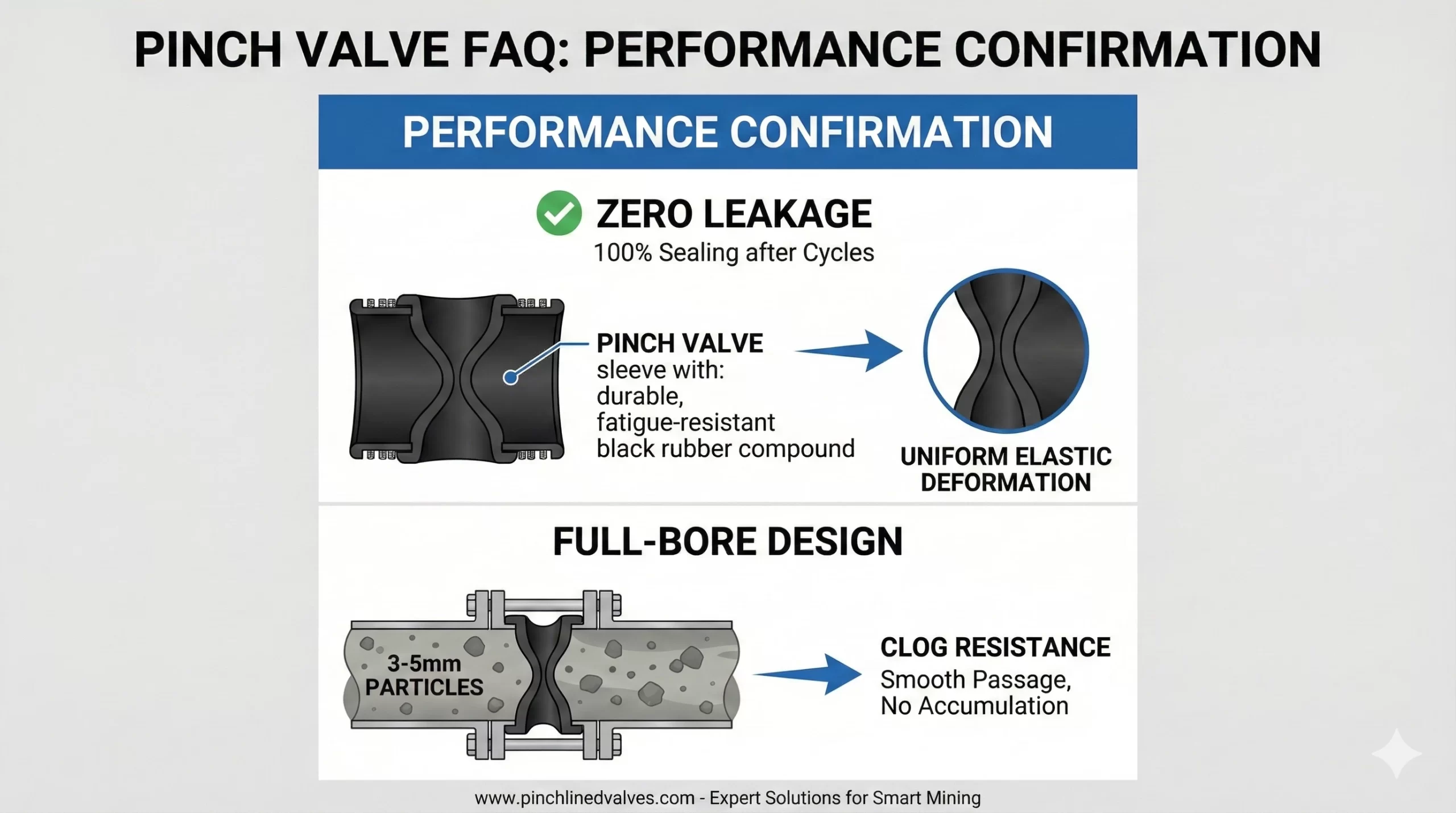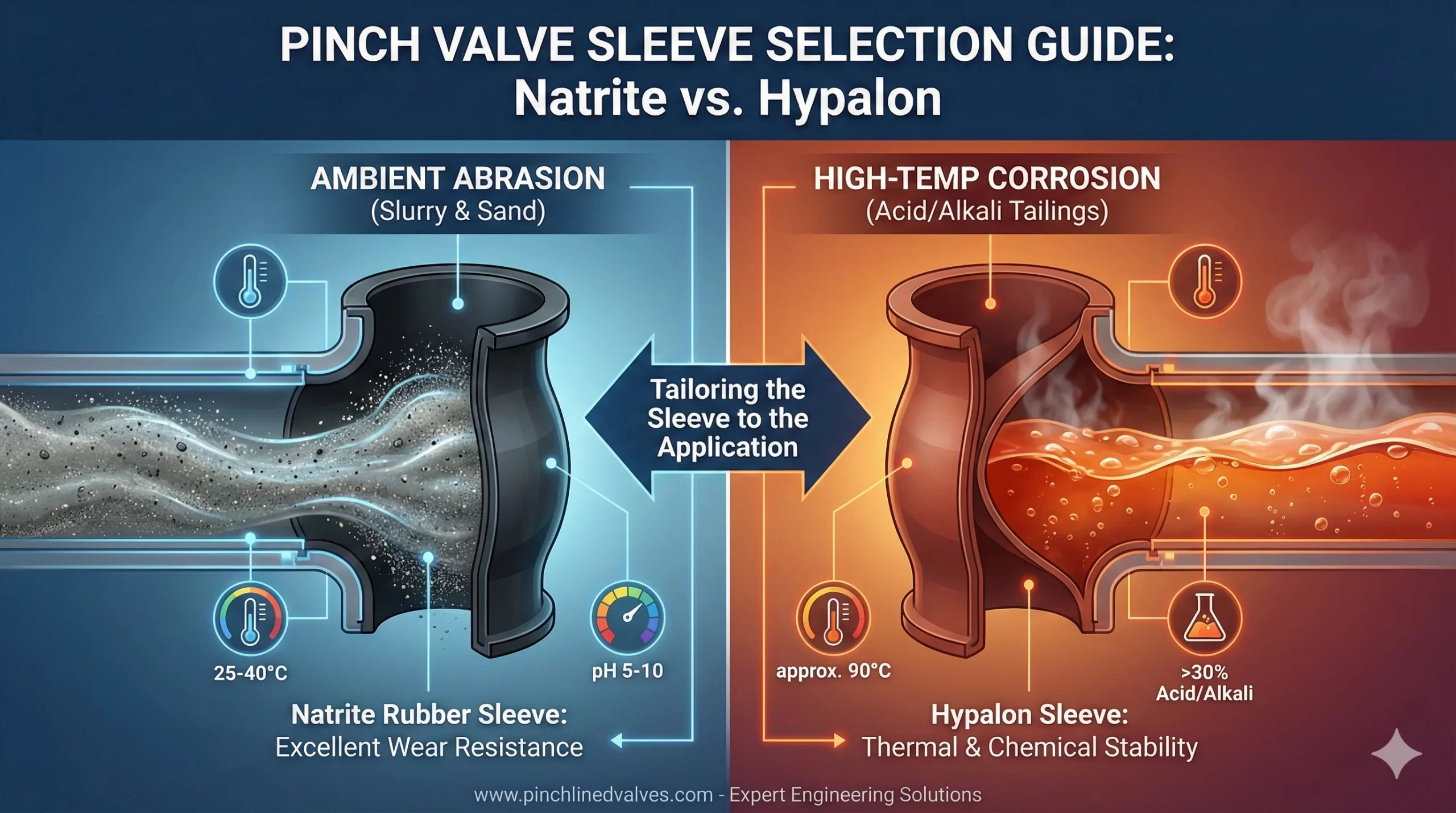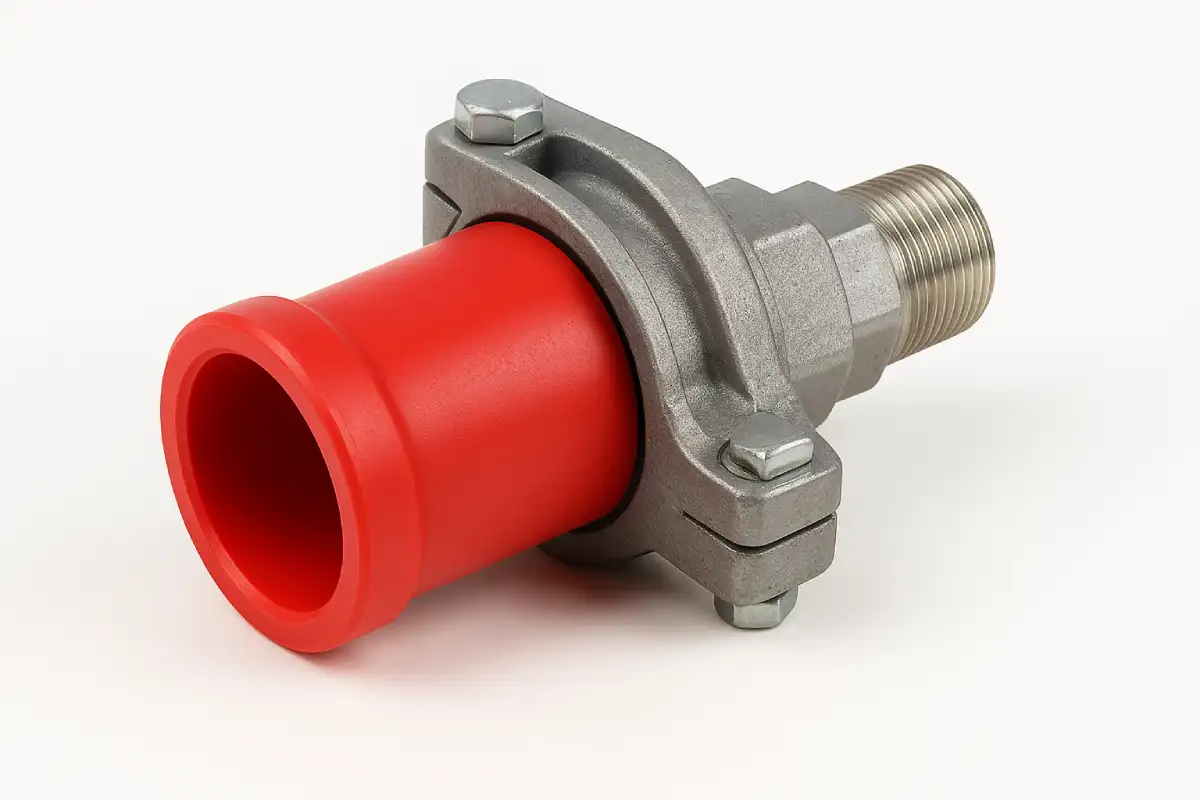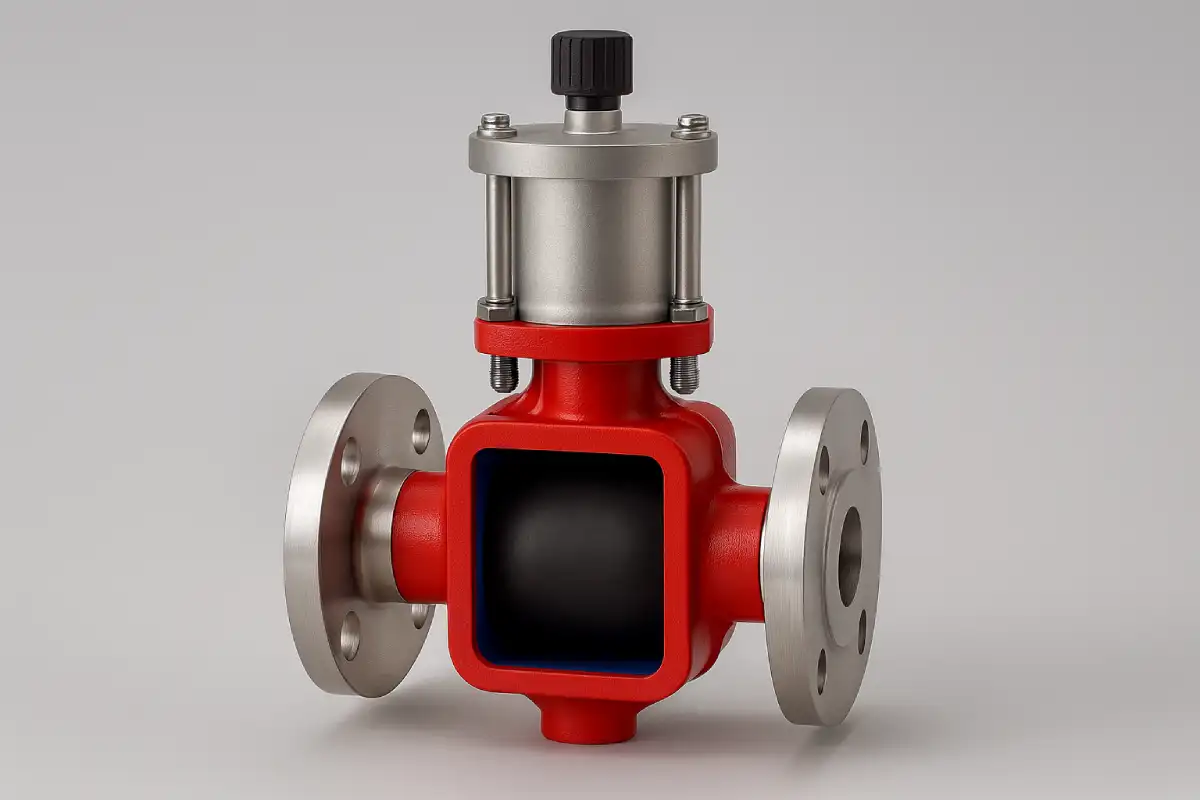

Installing, operating, and maintaining a basket strainer properly ensures optimal system performance, protects downstream equipment, and extends the life of your filtration system.
Whether used in chemical processing, HVAC, food production, or water treatment systems, basket strainers are essential components for removing solid particles from fluids.
In this article, we’ll break down the complete lifecycle of a basket strainer—from installation best practices to operation insights and long-term maintenance.
We’ll also address one of the most common questions: how to clean a strainer effectively without damaging it or the system it supports.
A basket strainer is a filtration device designed to trap and remove large particles from liquids in a pipeline.
It gets its name from the basket-shaped mesh or perforated element inside the housing.
The fluid flows into the strainer, where debris is caught in the basket, and clean fluid continues through the system.
Unlike Y-strainers, basket strainers are generally larger and better suited for high-flow, low-pressure-drop applications.
They’re commonly found in industrial applications where fluid cleanliness is crucial.
Correct installation is critical to ensure long-term performance and ease of maintenance.
Install the strainer upstream of sensitive equipment such as pumps, control valves, meters, or heat exchangers.
It should be placed in a horizontal pipeline unless specifically designed for vertical use.
The basket must sit upright. Some strainers may have a drain port at the bottom—this should be oriented downward for easy debris removal.
Avoid installations that force the basket to work against gravity.
When securing the cover, use the recommended gasket and torque all bolts evenly in a cross pattern to prevent leaks.
For easier cleaning or draining, consider adding a blow-off valve at the bottom of the basket chamber. This allows you to flush debris without opening the unit.
Operating a basket strainer is relatively simple, but following these best practices will improve performance and reduce downtime.
A rising differential pressure across the strainer signals clogging. Install pressure gauges on the inlet and outlet sides to track this.
A jump in pressure difference means it’s time to clean or replace the basket.
Ensure that the basket mesh size and material are compatible with the type of fluid and the temperature or chemical resistance required.
Stainless steel baskets are common, but other materials may be needed for corrosive media.
Every basket strainer has a maximum pressure rating. Avoid sudden pressure spikes or water hammer, which could damage the basket or cause internal bypass.
One of the most frequent maintenance tasks is cleaning the basket element. Here’s how to clean a strainer safely and thoroughly:
Routine maintenance is key to maximizing the lifespan of your basket strainer and avoiding system failures.
Cleaning frequency depends on the flow rate and the amount of debris in your system. Some plants clean strainers weekly, others quarterly.
Tip: If you clean more than once a week, consider installing a duplex strainer system to avoid downtime.
Always have at least one spare basket and gasket on hand to reduce downtime during cleaning or repairs.
Record each cleaning, replacement, or inspection. Trends in clogging frequency can help you diagnose upstream problems or inefficiencies.
Even if a gasket appears intact, repeated compression weakens its sealing ability. Replace it at regular intervals to prevent leaks.
| Issue | Possible Cause | Solution |
| High pressure drop | Clogged basket | Clean or replace the basket |
| Debris bypassing basket | Damaged basket or misaligned installation | Replace and reset the basket properly |
| Leaks at cover | Worn gasket or uneven bolt torque | Replace gasket and torque bolts evenly |
| Frequent clogging | An undersized strainer or too fine a mesh | Use a larger strainer or coarser mesh |
| Rust or corrosion | Incompatible material | Use stainless steel or corrosion-resistant model |
While the basket strainer is ideal for high-volume systems with large debris, it’s worth understanding how it compares to other common strainer types:



Choose the right type based on flow rate, debris size, and downtime tolerance.
From installation to cleaning, maintaining a basket strainer isn’t complicated—but it is critical.
A clean, well-functioning strainer improves system performance, prevents equipment damage, and reduces costly unplanned downtime.
Whether you’re new to pipeline filtration or managing a multi-facility industrial operation, understanding how to clean a strainer properly and following routine maintenance can save time and money in the long run.
With the right care, your basket strainer can serve reliably for years.
Resources:
Tips on Keeping Your Strainers Clean & Sanitary

Question 3:Performance Confirmation:Your documentation mentions “zero leakage” and “clog resistance.” We would like to confirm: After long-term operation, will repeated compression cycles cause sleeve fatigue leading to sealing failure? Is the full-bore design truly effective for slurries with larger particles (e.g., 3-5mm)? Answer 3:Confirmation of “Zero Leakage” and “Clog Resistance” Performance (1)Zero Leakage Reliability: Our […]

Material Selection:We are dealing with different working conditions: (1)Question1: Condition A: Ambient temperature (approx. 25-40°C) slurry containing fine sand, where wear resistance is the primary consideration, with weakly corrosive media (pH 5-10). Answer1:(ambient temperature, fine sand, low concentration corrosion, high wear resistance): Preferred recommendation: Natrite Rubber sleeve. Reason: The core advantage of Natrite Rubber lies in its […]

A pinch valve adapter connects a pneumatic pinch valve or manual valve to pipes, tubes, or other parts of a system. With this connector, the valve can manage liquid or gas flow without leaks or strain. It also lets the valve fit in tight or unusual setups. This reduces operational risks and improves overall performance. […]

Yes, they are. Hygienic pinch valves are specially designed to keep things clean and safe, which is why they’re so common in food, pharmaceutical, and biotech environments. Their smooth interior and dead-zone-free design make cleaning quick and reliable. And if the term is new to you, don’t worry, this article will walk you through what […]



